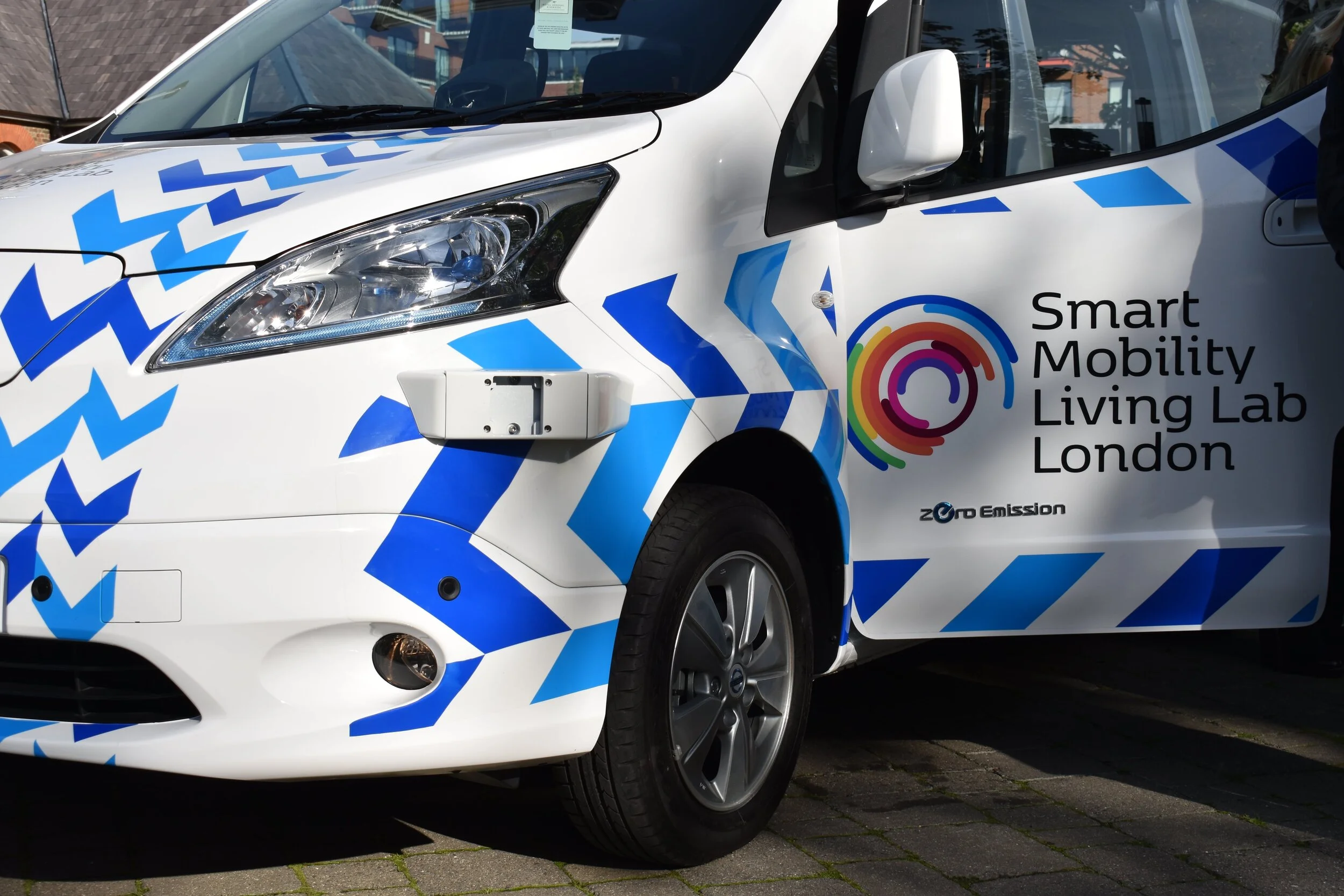One of the immediate impacts of COVID-19 on urban centres has been the significant change in public transport usership as citizens have moved away from public transport into cars, onto bicycles or towards walking as a method of getting from A to B. Whilst some of these shifts may at first appear temporary there is a risk that some of the more negative modal shifts (e.g. into private cars) could linger. A negative shift in public transport attitudes and behaviours of this type could be hugely disruptive to city leaders already struggling to both meet stretching greenhouse gas emissions targets, and improve the experience of citizens who are using city roads.
Introducing Project D-RISK
Electric Vehicles: Some Positive News
It is hard at the moment to think about anything other than COVID-19. It is impacting our lives in ways we never could have imagined. Here at DG Cities, we’re continuing to work on all of our projects (as much as is possible given the current circumstances), and while we know lockdown is essential, it’s not always enjoyable (despite what the positive yogis and Jamie Olivers of the world may say).
So in this blog, we will not discuss the very large elephant in the room. Instead, let us provide some respite from the general news, and provide a small fraction of positive news and advancements within one of the sectors we know best, mobility!
What's so "Smart" about Smart Transport?
We seem to use the adjective ‘smart’ a lot these days in relation to technology-enabled scenarios; smart phone, smart city, and of course smart transport are three which immediately come into my head.
Here at DG Cities we spend a lot of time looking at emerging trends and technologies, and overlaying them on to what it means for the city and its citizens. I’m lucky enough to work in an organisation which prides itself on the multidisciplinary expertise of its small team, so we are able to take a far more holistic approach to our work, rather than siloing ourselves into looking at specialisms in isolation.
SMLL: The Story So Far
Those of you who read our 2019 review will have picked up on the fact that for the past 18 months, the Smart Mobility Living Lab has been a major undertaking for Team DG Cities. But what exactly has our role in this ambitious project been? Well today, we’re going to share our SMLL story so far…
The Good Old Days: Revisiting Imperial College London
Many years ago, before I was immersed in the world of autonomous vehicles and fibre connectivity, I was a civil engineering undergraduate student at Imperial College London. The last course I ever took was the infamous 3rd year design project. It was an intense, 5-week group project where student teams were put in a work-simulation environment, tasked with completing projects ranging from complicated engineering issues to snazzy urban design problems. My project consisted of designing a gas platform for the North Sea and included a rendered fly-through with the Batman theme song playing in the background as the sun rose above the horizon. Ah, the good old days…
Project Endeavour: What Happens Next?
Back in September, the DG Cities team was buzzing around the CENEX CAM event. Between presenting on panels and showcasing our projects, we certainly kept ourselves busy. We were especially excited to launch Project Endeavour at the event alongside our consortium partners Nominet, Oxbotica and Immense Simulations.
This week, our partners have been sharing some insights into the project at the Telegraph Smart Mobility Summit (where our MD, Trevor, also took part in the keynote panel on the importance of collaboration).
We’ve had a fantastic response since the launch and so now seems like the perfect opportunity to share a little more about the role of DG Cities in this exciting project.
From the Future of Mobility to Smart Home Design: An Exciting Four Months at DG Cities
It’s been nearly four months since I joined the DG Cities team, and while I had no idea what was in store for me when I first started, I have certainly learned a lot in my time here. I’ve had the chance to work on a number of exciting and diverse projects, all of which have reminded me, more so than ever, of just how rapidly technology is shaping the towns and cities we live in.
How Transport Shapes a City: An Historical View of the Royal Borough of Greenwich
Transport conferences, or as they are commonly referred to these days, ‘future mobility’ conferences, are becoming increasingly exciting. They are an opportunity to discuss and dissect a range of technologies and innovations, from self-driving cars to fleets of robo-taxis. The buzz and excitement of such environments and the technological novelties being exhibited propels one’s imagination, sometimes far beyond today’s realities, and into a perfect world of the future.
A Different Sort of Click
Taking Bin Lorries to the Next Level
The urban environment is an opportunity area for multiple actors; politicians, businesses and citizens, to make large-scale changes that dramatically reduce our impact on the environment. As a hotbed for new innovations, financial investment and governmental institutions, the city has the power to scale new technologies and influence our daily practices and infrastructure to ensure our cities (and the wider environment) continue to be a healthy and thriving place to live.
The Clean, Accessible City
Driverless cars present huge opportunities for cities and the people living in them. They stand to change ownership models for cars, usage models through sharing rides, and the built environment through reducing and re-purposing our streets.










